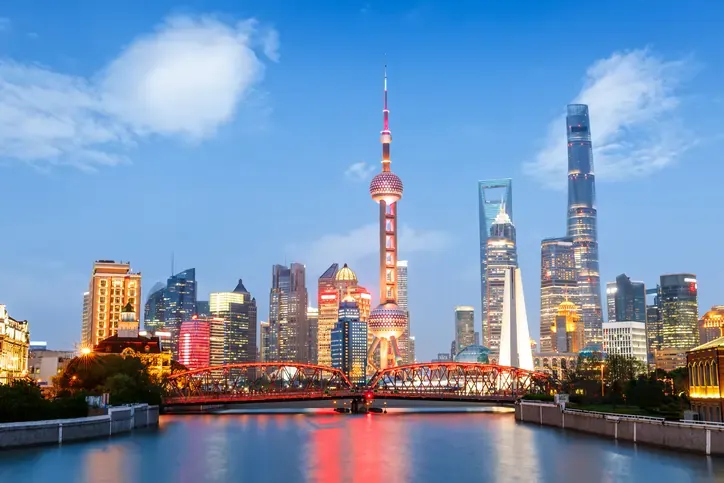
China: Structural and cyclical challenges present opportunities
By Iain Cunningham, Head of Multi-Asset Growth, Nintey One
China faces a number of structural headwinds, which are well recognised by investors and Chinese authorities. The primary structural challenges are fourfold: a real estate imbalance, a local government and state-owned enterprise leverage imbalance, weakening demographics and geopolitical headwinds.
Mounting real estate woes
After a decade of rapid growth, real estate investment as a percentage of GDP peaked in 2014 at just over 14% (at the end of 2021 it was 13% of GDP), according to IMF data. China’s objective is to manage this sector lower over multiple cycles, in line with its “cross-cyclical policy”. This means that the real estate sector has a significant headwind in front of it versus other areas of the economy. We should see real estate shrinking as a percentage of GDP over the longer term. This is therefore not a sector in which we want to invest.
In line with the China’s regulatory cycle, as times have got tough for the economy over the past year in particular, Chinese authorities have been busy repealing many of the macroprudential measures introduced in 2021 and providing targeted stimulus with the objective of cyclically stabilising the real estate sector.
Bailouts affecting the banking sector
Another key imbalance is local government and state-owned enterprise leverage. This is well known to authorities, who clamped down hard in 2021 in seeking to address off-balance sheet liabilities or “hidden debts”. This has without doubt contributed to weaker growth in recent years through reducing the spending of local governments.
At July’s Politburo meeting, Chinese authorities pledged to “implement a comprehensive debt solution” for local governments. In recent months, debt swaps have been announced for a number of provinces, and state banks have been told to do the same now more broadly. This is effectively a refinancing of debt, extending maturities at much lower interest rates. It is a bailout and will allow local governments to continue to function, but it will create headwinds for Chinese bank’s profits.
Geopolitical headwinds
“De-risking” and the reworking of supply chains have reduced foreign direct investment into China and direct Chinese exports to the US. Our central scenario going forward is a multi-polar world, where connectivity between the developed world and China is reduced, but decoupling is impossible due to the degree that economies are interconnected. While this is a headwind for Chinese exports to much of the developed world, trade with other countries around the world has been rising sharply. As a result of the increasing importance of countries outside of the G7, Chinese exports have continued to rise in recent years and remain stable as a percentage of global exports.
So, while China faces some material challenges, it’s important to remember that it’s a command economy with a relatively closed capital account. Therefore, there is no reliance on the kindness of strangers to fund its economy, unlike many other countries around the world. This affords authorities more control in seeking to manage imbalances than elsewhere, in that they can continue to provide liquidity and credit to areas of the economy in need, and defaults are policy decisions.
An improving outlook – who will be the winners and losers?
We expect a more benign outcome for the Chinese economy in the next couple of years as policy makers continue to stimulate until a durable recovery takes hold. Economic growth will continue to moderate over the medium-term, but productivity gains should drive growth, given the low starting point. While some areas of the economy will be actively managed lower, others should thrive. For example, the real estate sector will be in decline (as a percentage of GDP); the banking system will be required to absorb losses, but per capita income growth will support ongoing trends in premiumisation and localisation; digitalisation will see increased penetration; medical technology will be supported by an ageing population; and certain financial institutions will be beneficiaries of state efforts to divert future marginal savings from real estate into capital markets over time, through the likes of pension reform. At present, due to the high degree of headline macro uncertainty and pessimism, great companies in China can be acquired at very attractive valuations.


